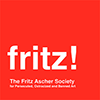-
-
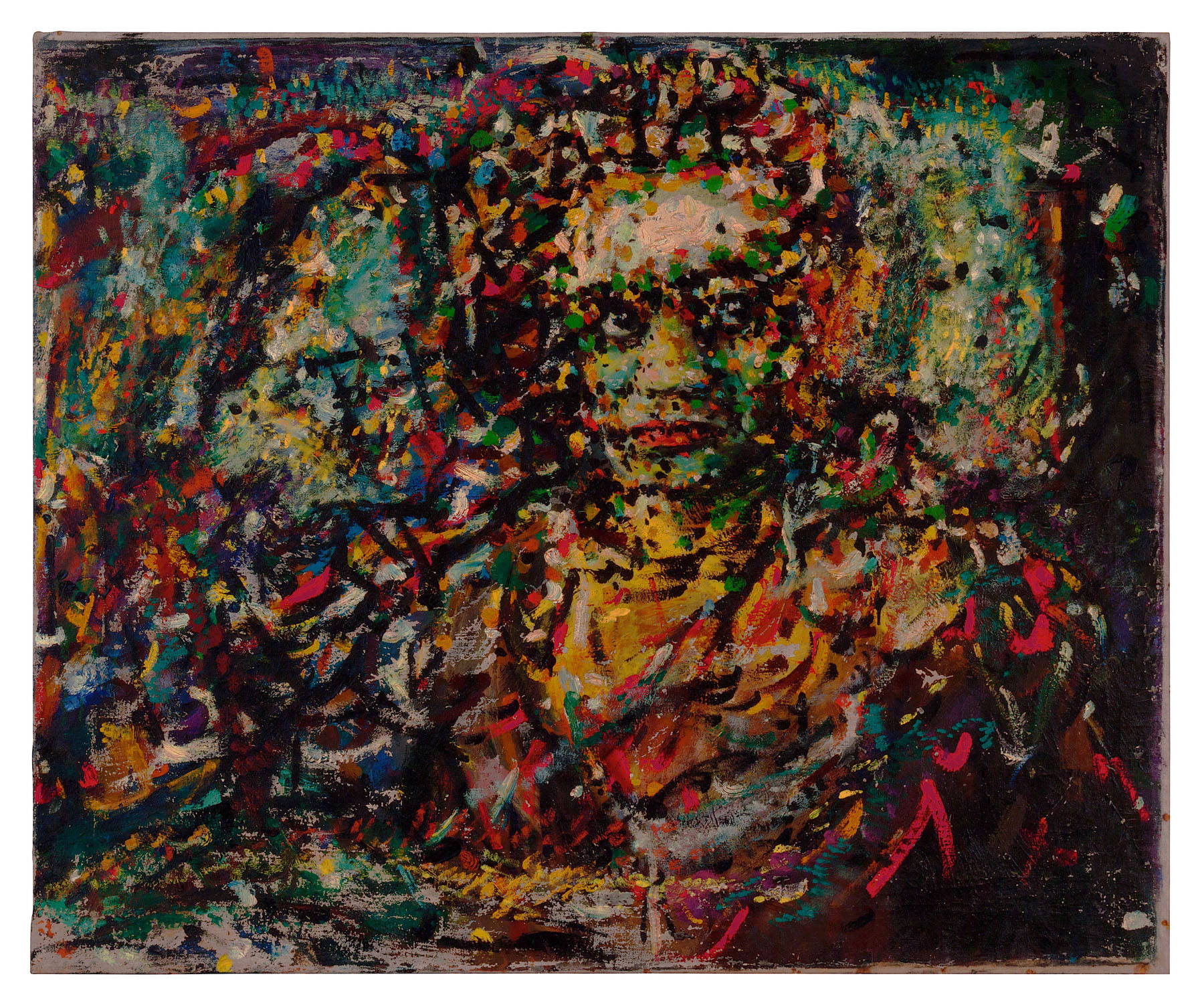
“Fritz Ascher: Themes and Variations”
A Digital Exhibition Experience
This digital exhibition includes important examples from the oeuvre of the German Jewish Expressionist artist Fritz Ascher (1893-1970). Ascher’s career extended from prior to the First World War until the late 1960s. However, Ascher’s artistic trajectory was interrupted due to persecution under National Socialism, and he spent much of the Second World War in hiding, concealed in a family friend’s basement. Ascher’s work consequently encompasses both the vibrant artistic scene in early-20th-century Germany, as well as the trauma and aesthetic shifts consequent of Ascher’s persecution and deprivations during the twelve years of the Nazi regime. These selected works are representative not only of critical moments in Ascher’s personal and artistic development, but also of key themes that occupied Ascher’s [...]
-
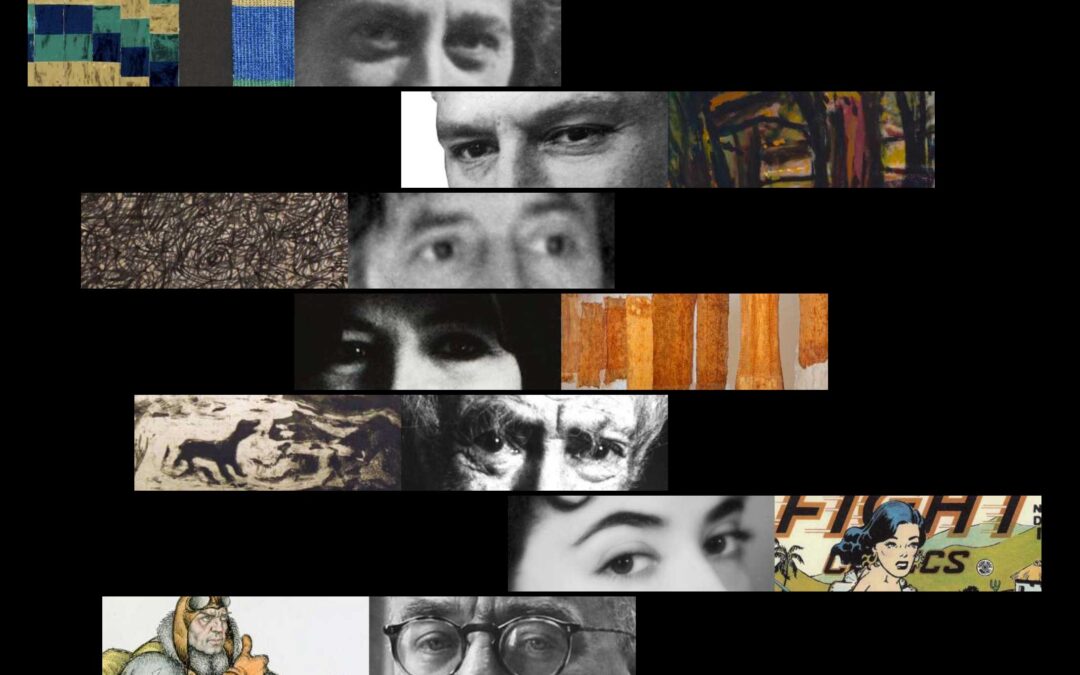
“Identity, Art and Migration”
Marlene Meyerson JCC Manhattan 334 Amsterdam Ave, New York, NY, United States
Online Exhibition“Identity, Art and Migration” investigates the experience of eight Jewish European artists who were forced to abandon their country of origin, or remain in hiding for years, in response to Nazi policies in effect from 1933 to 1945. These six artists: Anni Albers, Friedel Dzubas, Eva Hesse, Rudi Lesser, Lily Renée and Arthur Szyk emigrated to the United States, while one, Fritz Ascher, stayed behind in Germany, hiding in a basement for three years. These artists’ lives and work address the multi-layered concept of identity and the particulars of its expression from slightly different angles. We invite you to explore with us how these wrenching experiences affected their sense of who they were, and the art they made. [...]
Free -
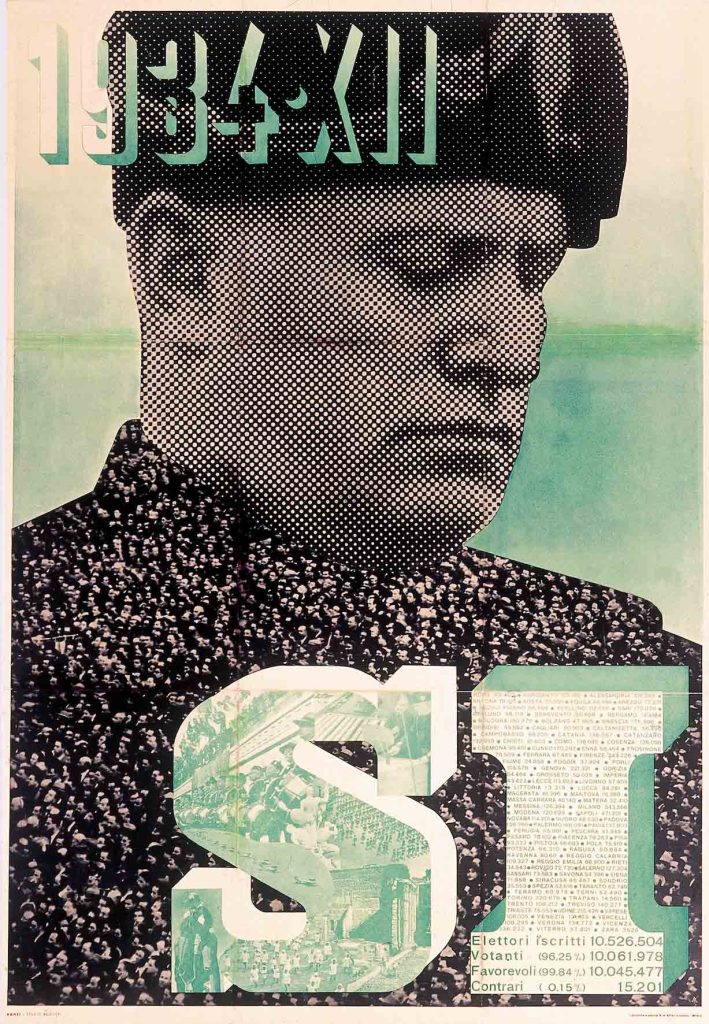
Under Il Duce’s Shadow:
ONLINE VA, United States
Italian Art and Artists During the Fascist Regime
Presentation by Nicola Lucchi, PhD (New York)Italian artistic life under Mussolini was defined less by rigid prescriptions than by a continuous negotiation between competing aesthetic and political demands. Italy, the birthplace of Futurism, had long experimented with modernist innovation, and elements of that movement’s rhetoric and visual language found sympathetic audiences within the fascist state. At the same time, powerful factions within the regime promoted a return to classicism, academicism, and the revival of Italy’s artistic past. The government’s cultural policy therefore oscillated between these poles, attempting to reconcile—and ultimately absorb—contradictory artistic currents into the fascist body politic. Image above: Xanti Schawinsky, Sì , 1934. REGISTER HERE Xanti Schawinsky, Sì , 1934 (Courtesy Fondazione Massimo e Sonia [...]
Free -
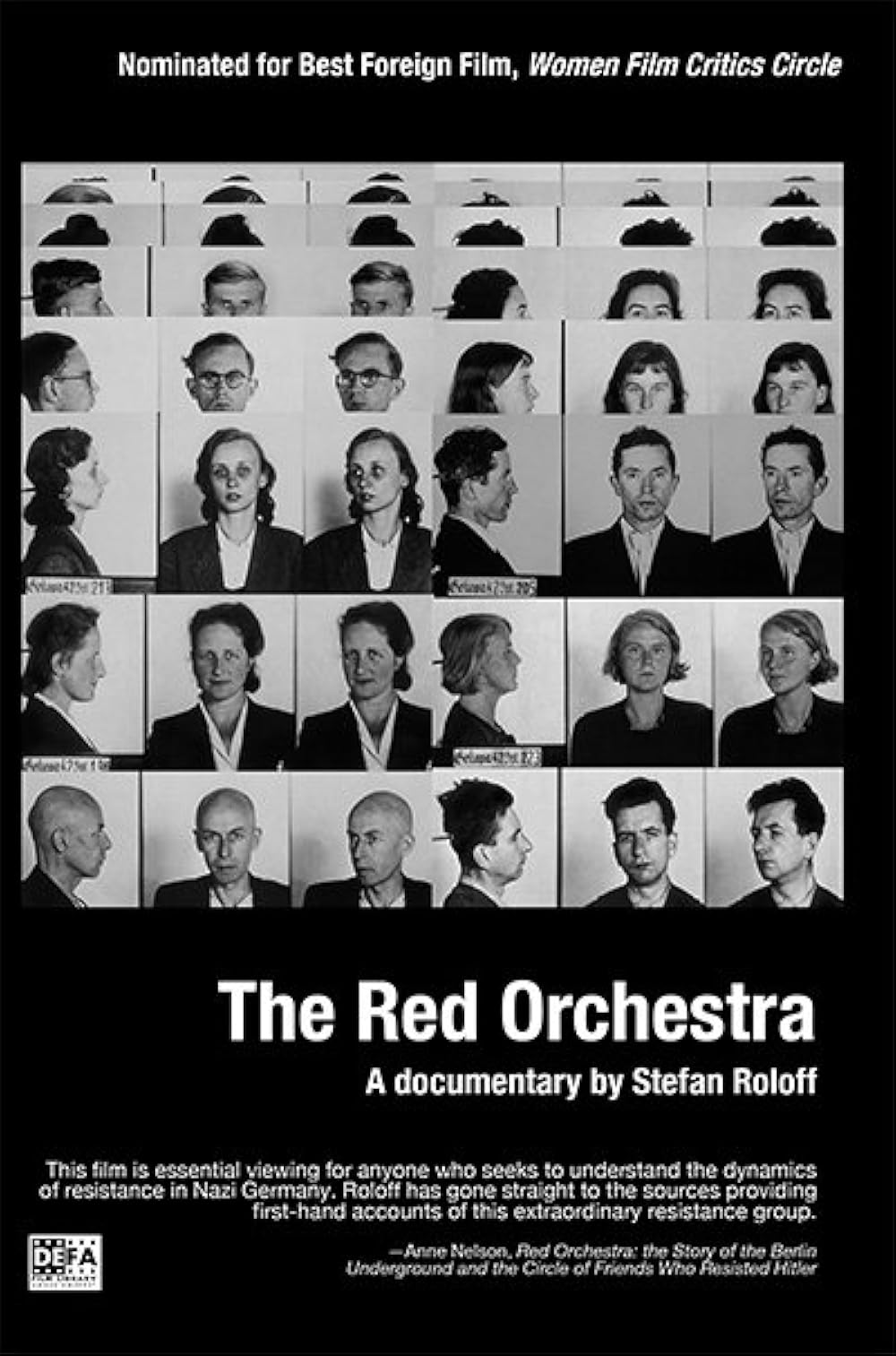
The “Red Orchestra” Anti-Nazi Group in Berlin, 1933-1942
ONLINE VA, United States
Film Screening and Discussion with Director Stefan Roloff, Berlin (Germany)Join film director Stefan Roloff in conversation with Rachel Stern about the The Red Orchestra, a Berlin-based resistance group that fought against the Nazis from 1933 to 1942. A special focus will be artist Rainer Küchenmeister (1926-2010), who became a painter while incarcerated at the age of sixteen, inspired by a fellow female inmate and resister who was later beheaded. After the war his work was shown at documenta among other venues. Between January 21 and 29, you can view The Red Orchestra on your home device. A link will be provided to all who register: REGISTER HERE WATCH THE TRAILER: The Red Orchestra (2003) is a documentary by Stefan [...]
Free -
-
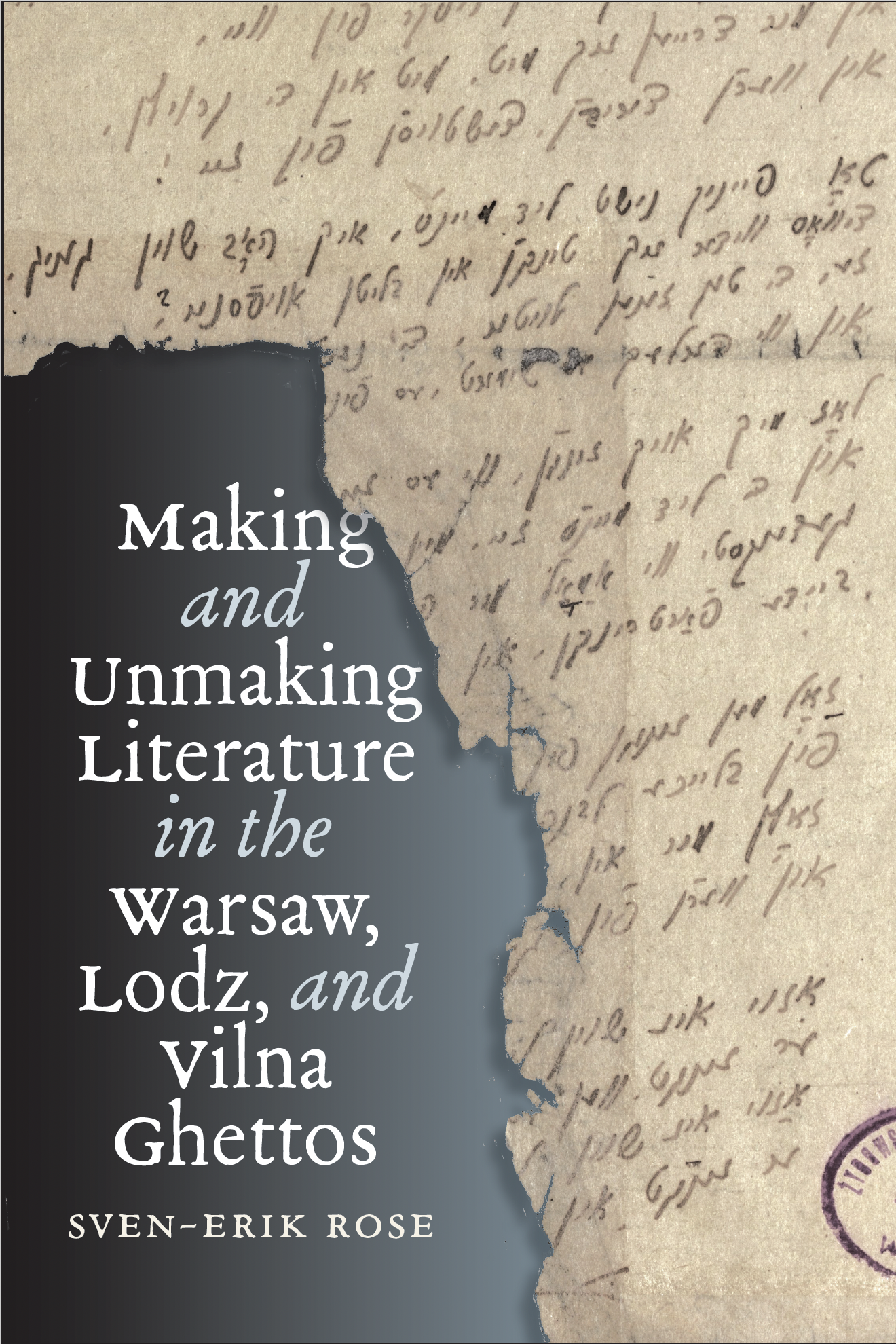
Making and Unmaking Literature in the Warsaw, Lodz, and Vilna Ghettos
ONLINE VA, United States
Book talk by Sven-Erik Rose, Davis, CAIn this book talk, author Sven-Erik Rose will speak about his study of literature written by Jewish authors while interned in Nazi ghettos. His book attends to how authors processed their horrific experiences through poetry and prose. Image above: Detail of book cover REGISTER HERE 3 (of 9) tins containing the 1st Oyneg Shabes cache, buried Aug. 3, 1942 and unearthed Sept. 1946; and the 2 milk cans containing the 2nd cache, buried Feb. 1943 and recovered December 1950. This is the first study devoted to how little known but essential authors grappled with the destitution of ghetto existence by writing within, at the limits of, and against an array of literary scenarios, tropes, [...]
Free
2026-01-06T00:00:00-05:00
5 events found.
